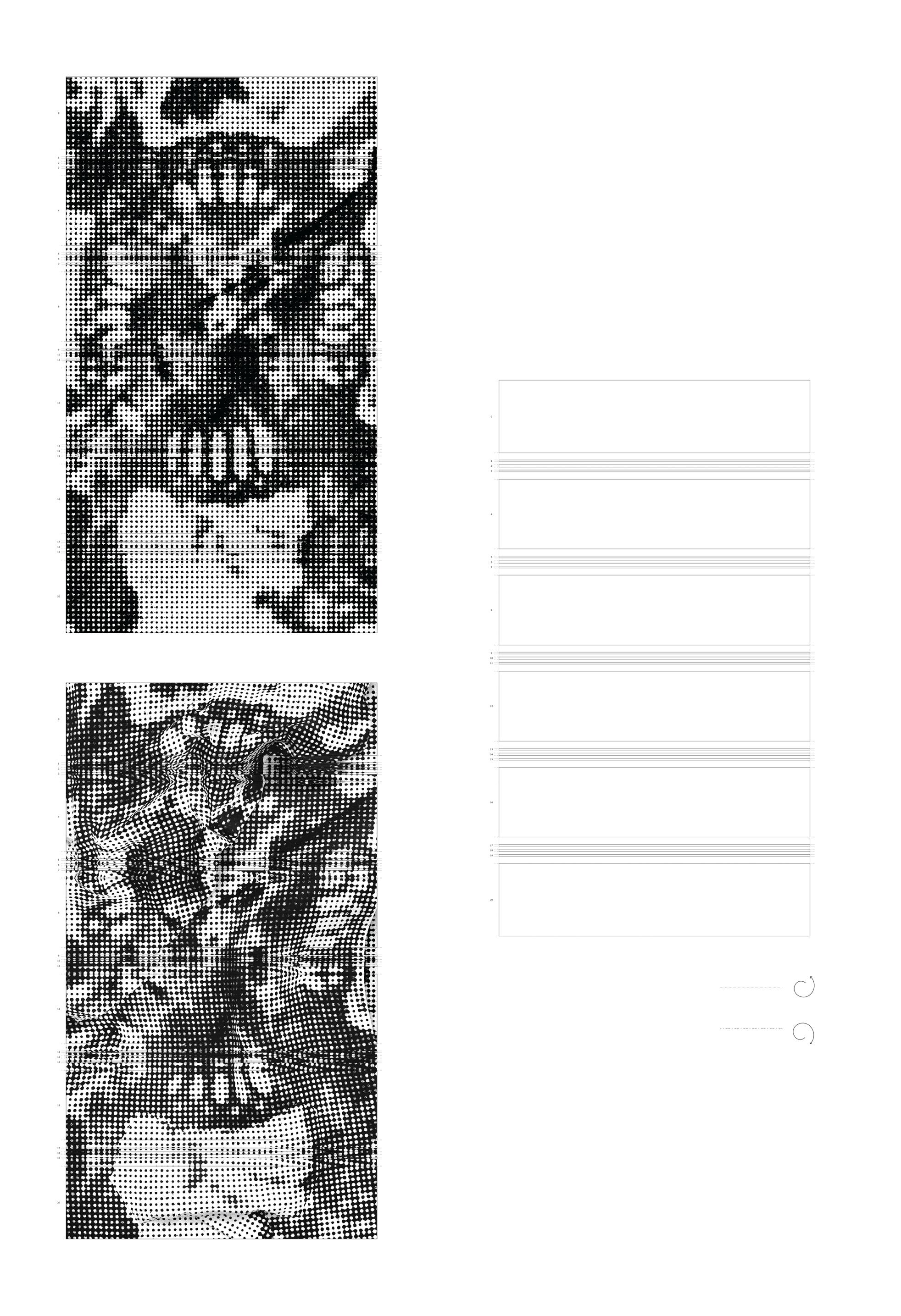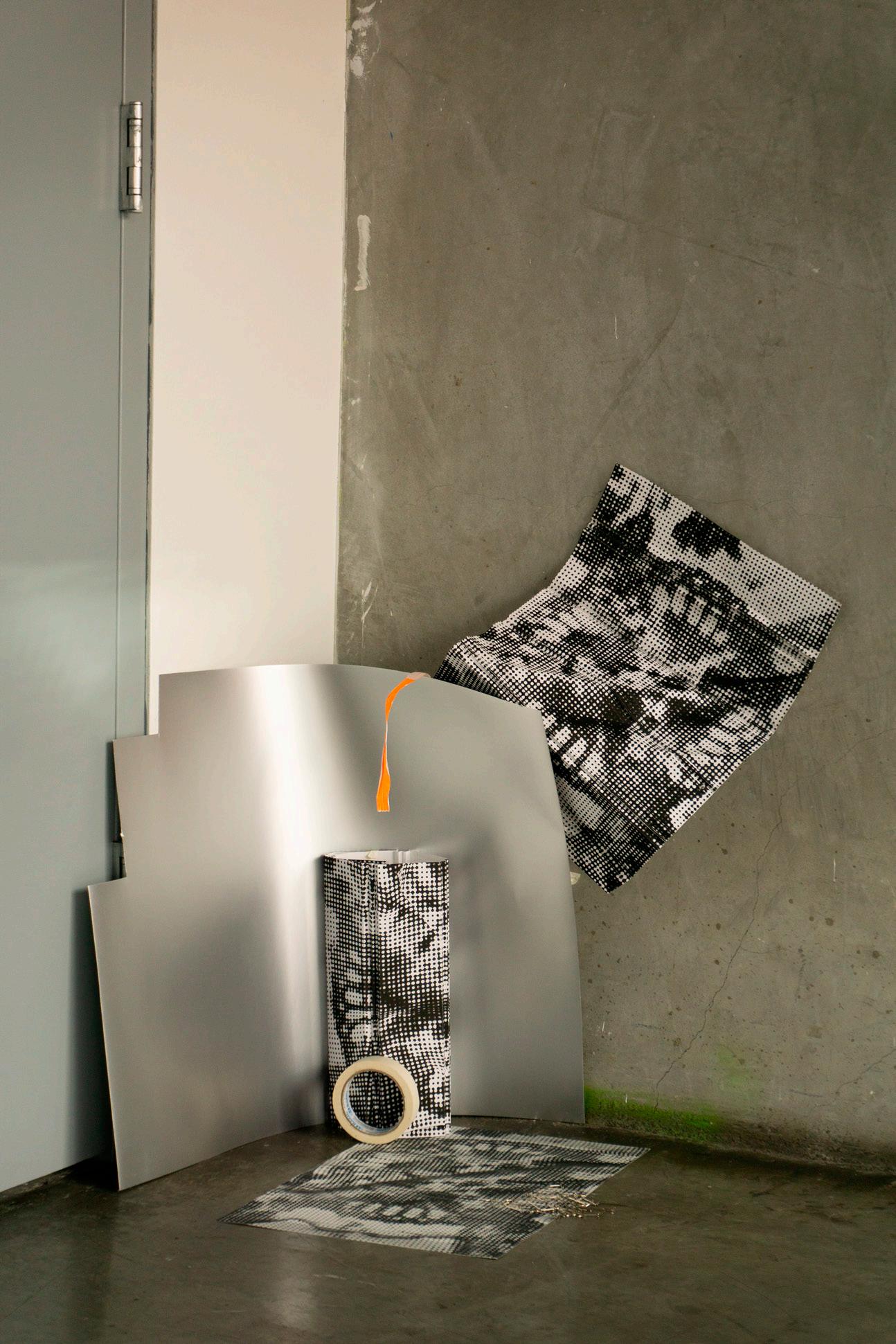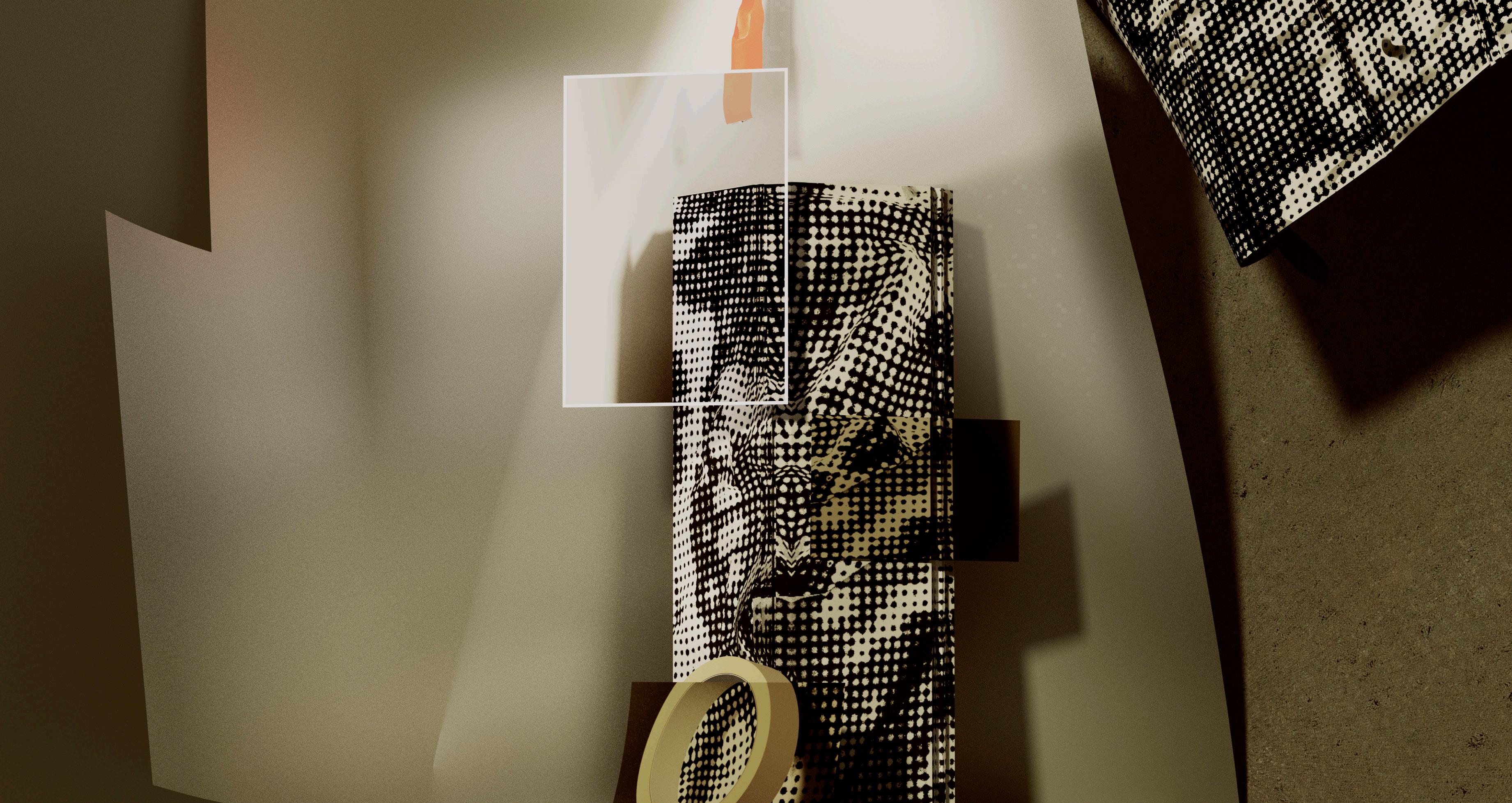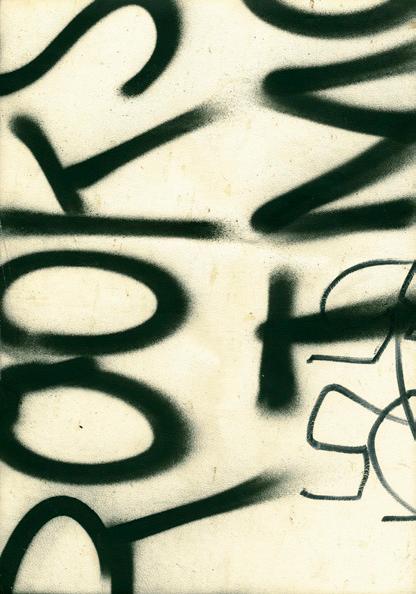
2 minute read
lost in the city
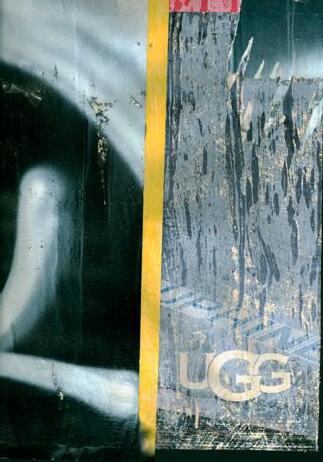
The course examines the theories and practices of representation, working spaces, and analysis of architectural ideas. It is structured to introduce the primary and auxiliary tools necessary to conceive and translate spatial concepts into two-dimensional and three-dimensional representations. Students generate descriptive work using planar, plan/section and axonometric projections as well as freehand and digital drawing tools and develop an understanding of the specific characteristics and application potentials.
Scavenged forms of printed media throughout Los Angeles were scanned and then put through a process of bit-mapping in order to highlight the figural material.
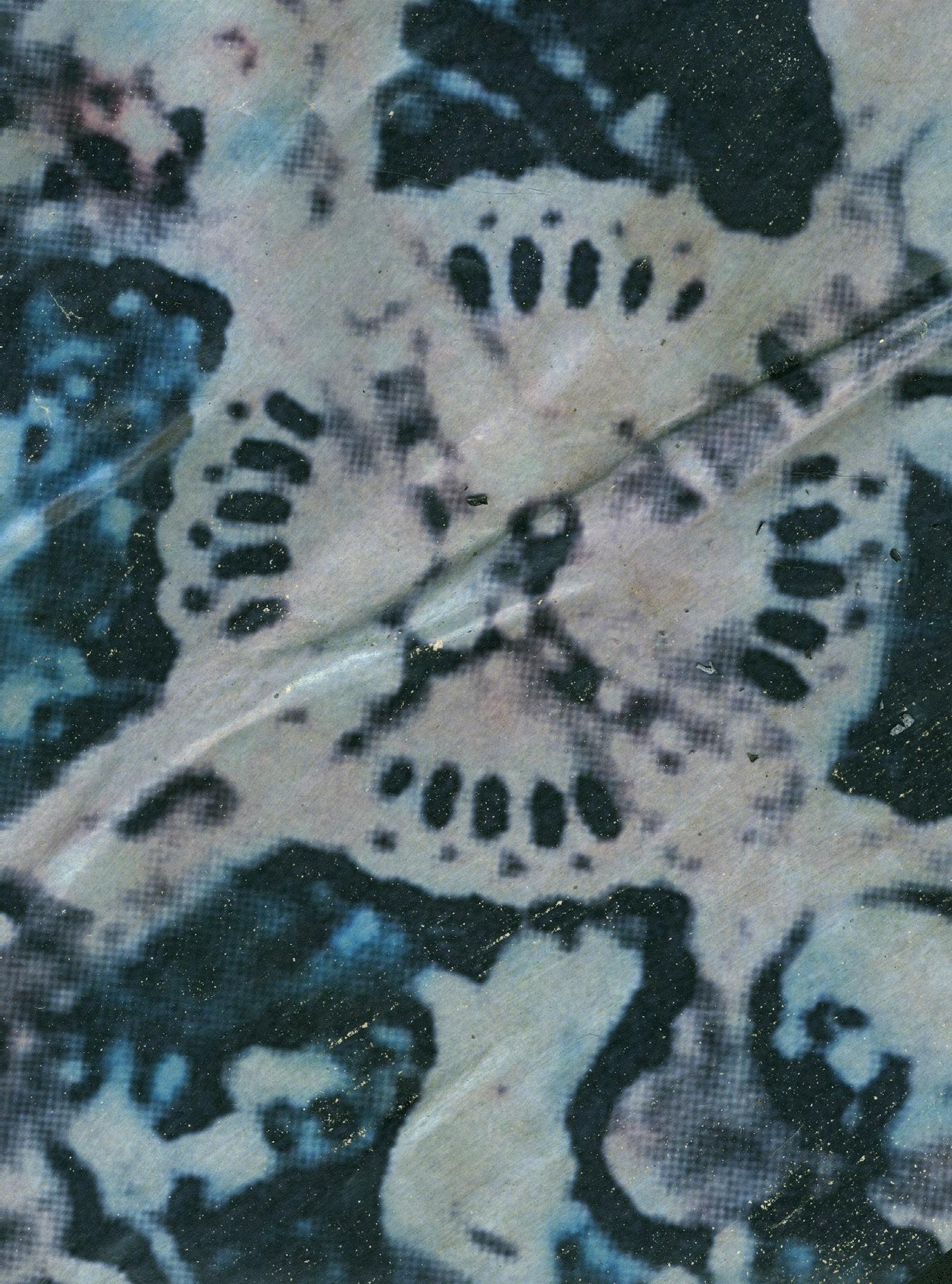
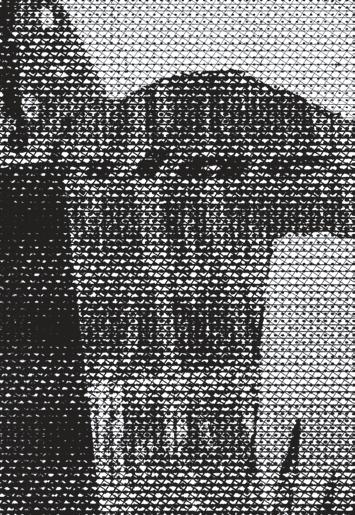
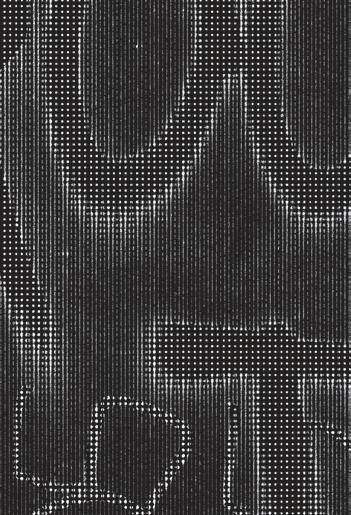
Through software, I was able to determine and simulate exactly where to pin the material in order to maintain a specific pose while rendering the fidelity of the composition.
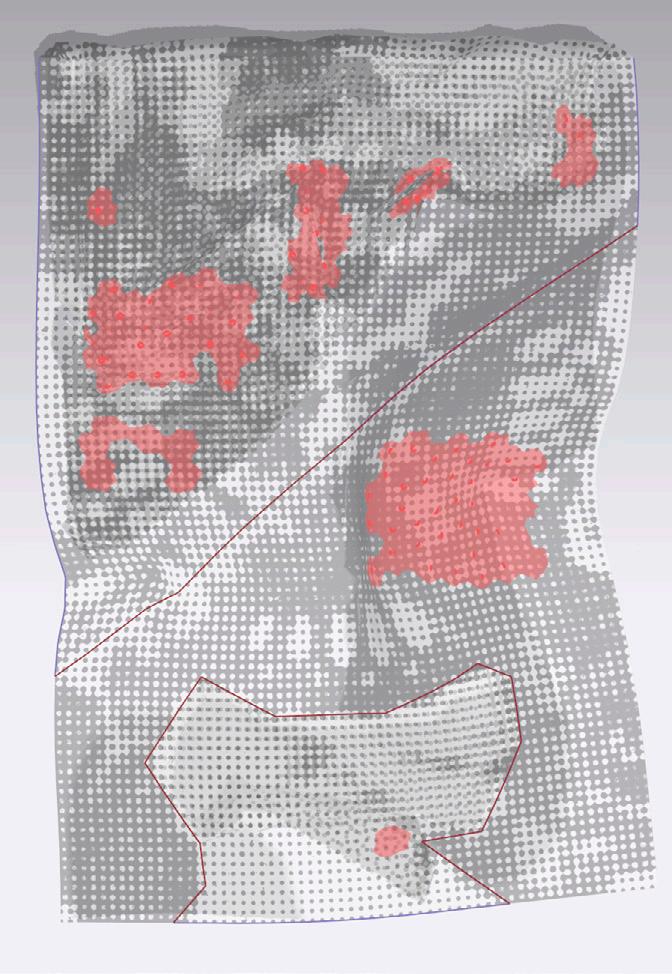
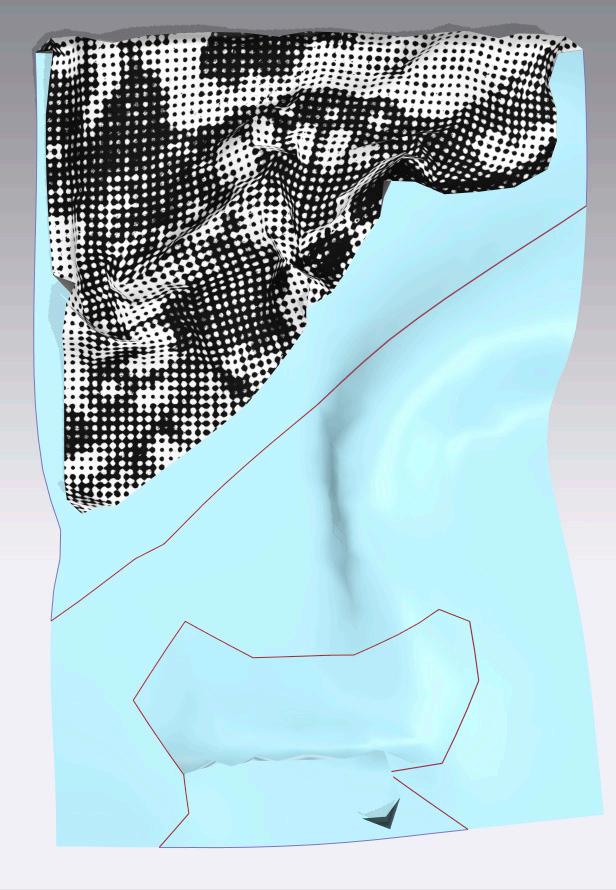
Playing with fidelity through material consequences. How can creasing or wrinkling a printed sheet affect its representation and posture?
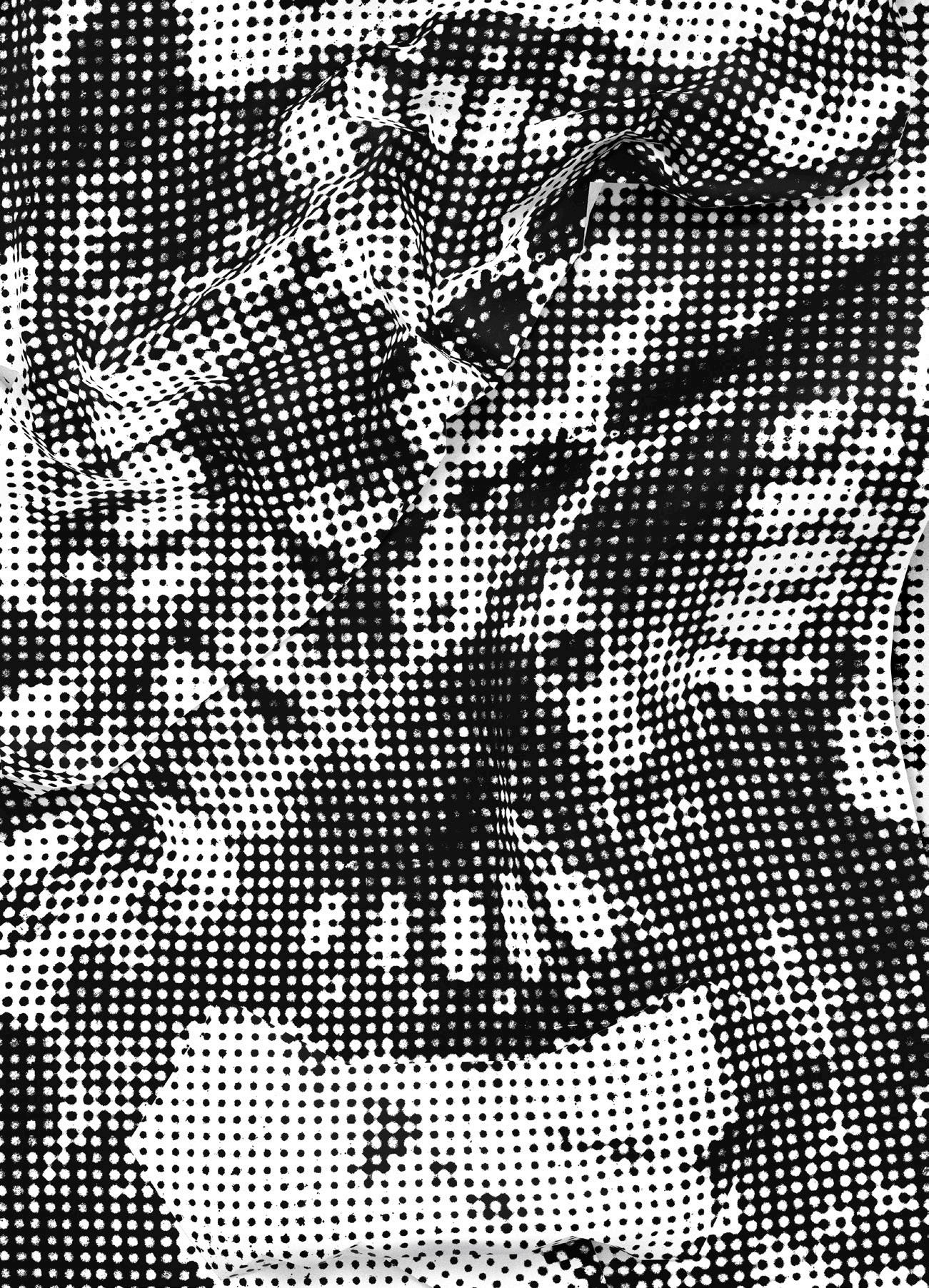
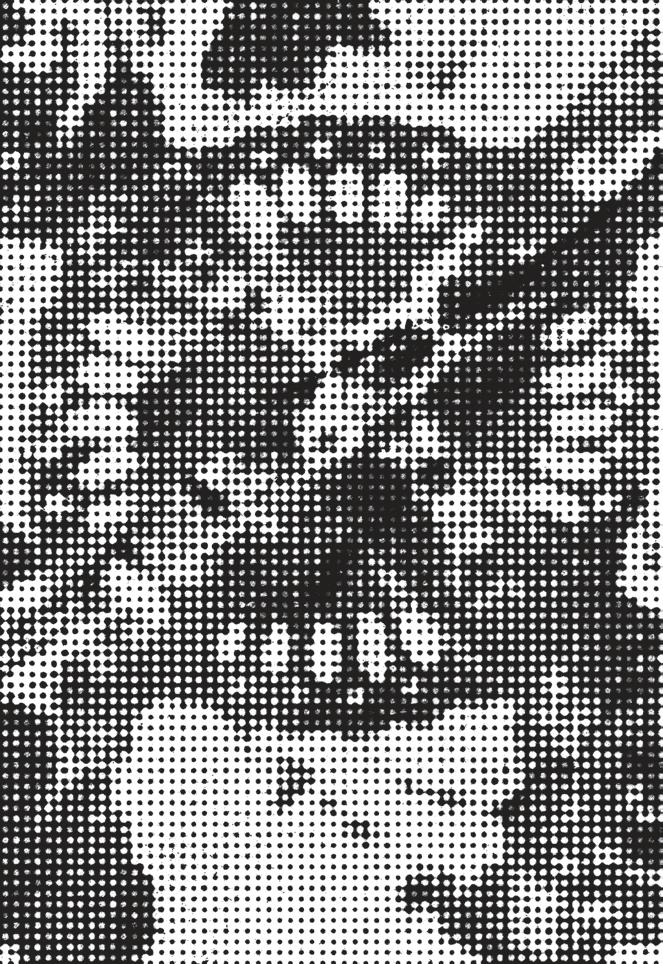
Throughout the course, we’ve examined various ways of manipulating the printed media surface in order to play with fidelity but also its’ pose. Pleating the material allowed the media to keep its material composition but gave it a new structural form.
By creating simple, column-like, pleats evenly spaced out on the paper, the material becomes springy in one direction, but much more floppy in the other.
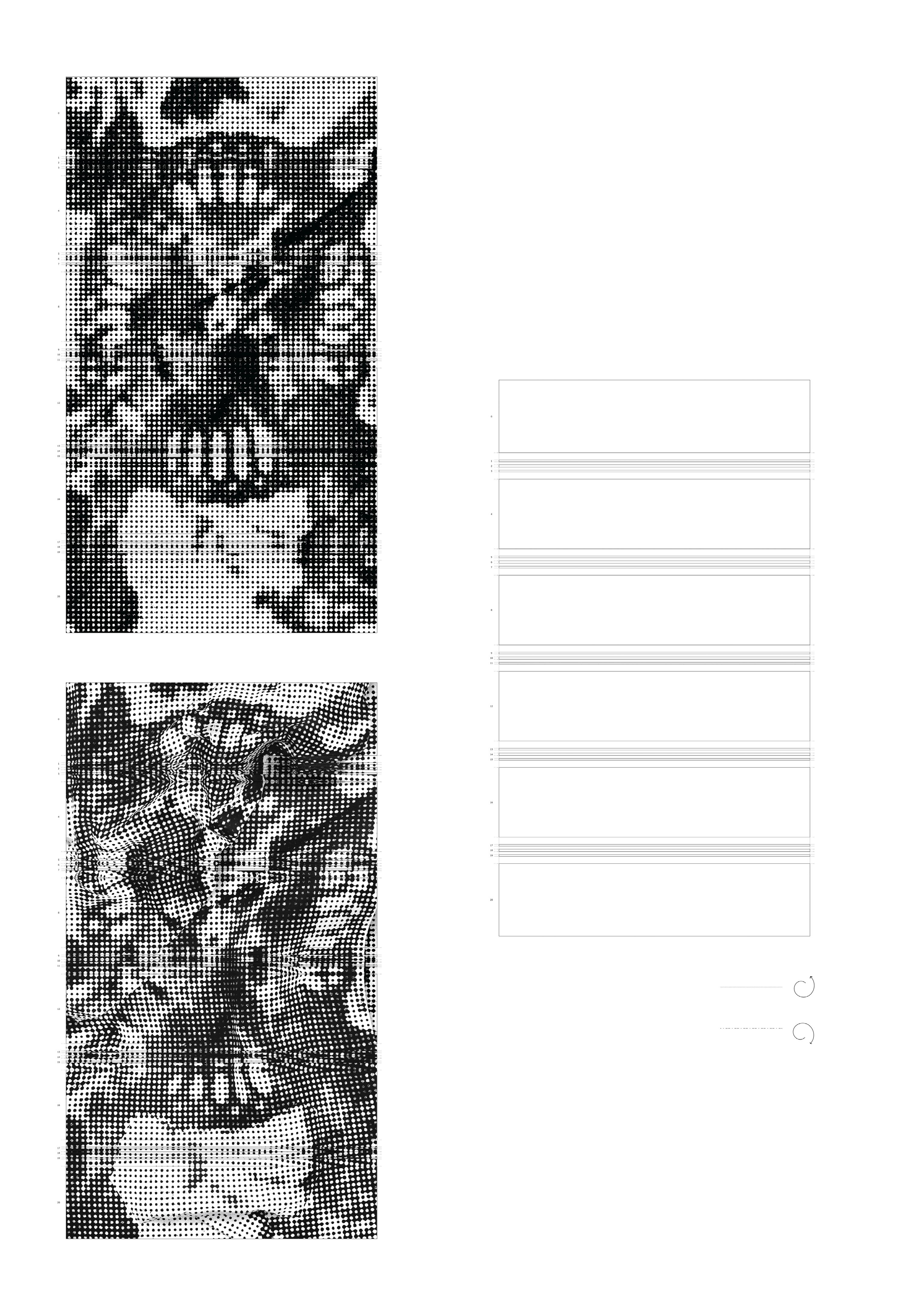
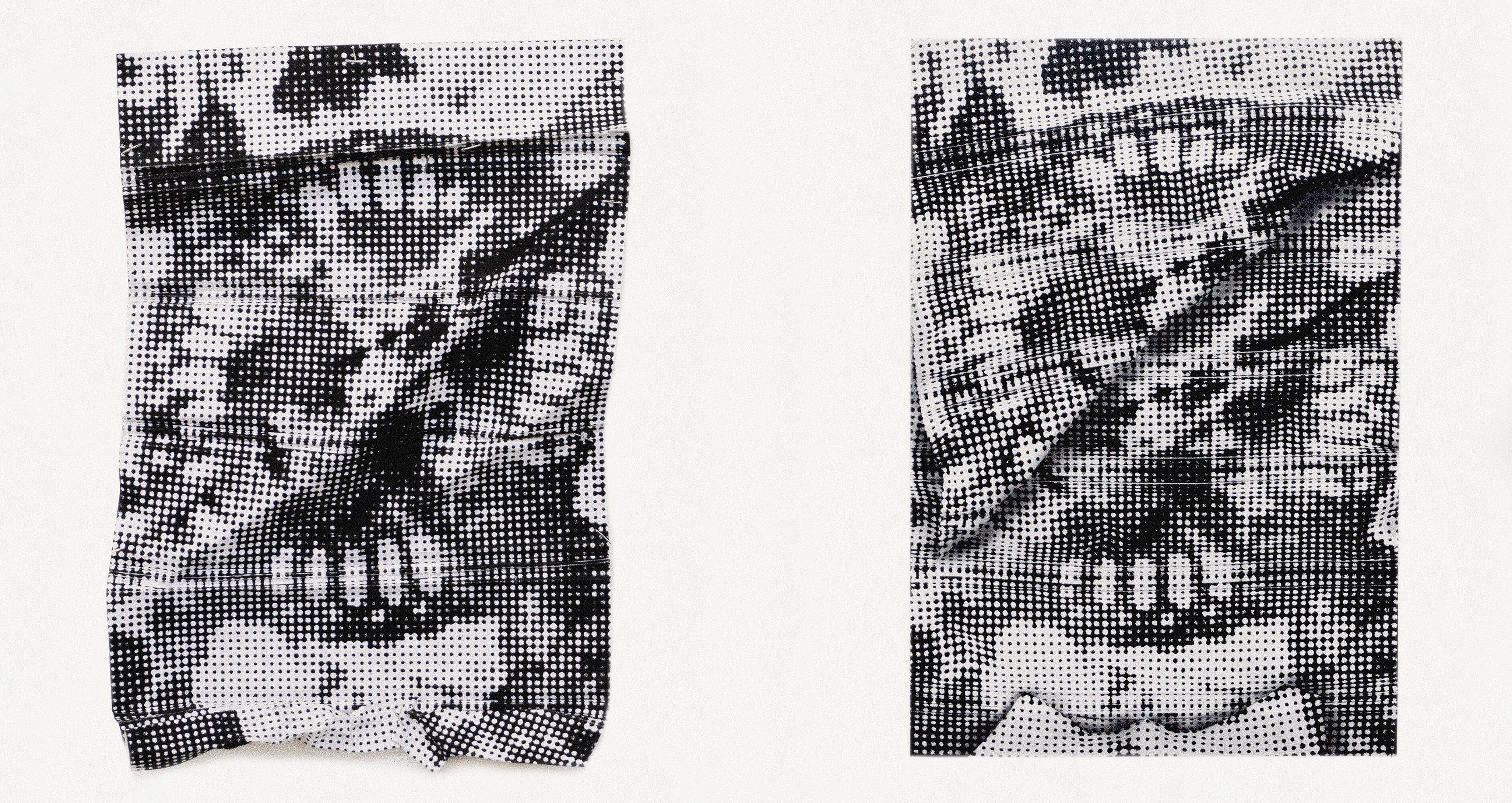
The pleated surface, unrolled, becomes much larger than the orginal form. This gives more surface area for pinning specific poses but also adds new tendencies for the structural consistency of the model. Attemping to recreate the material deformations of the physical object in software proved to require tremendously more precision.
